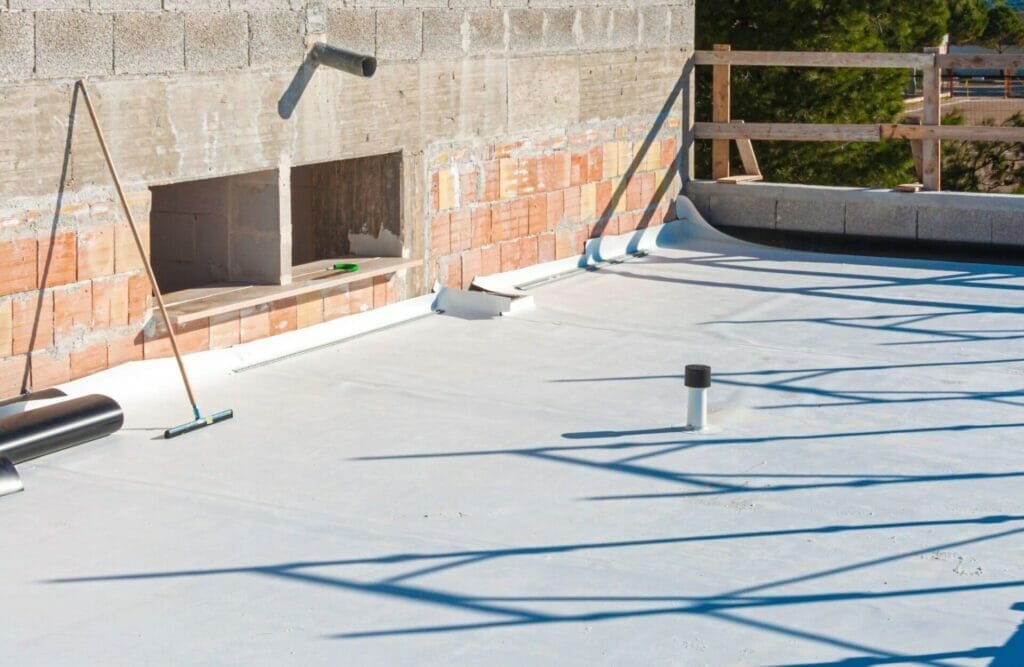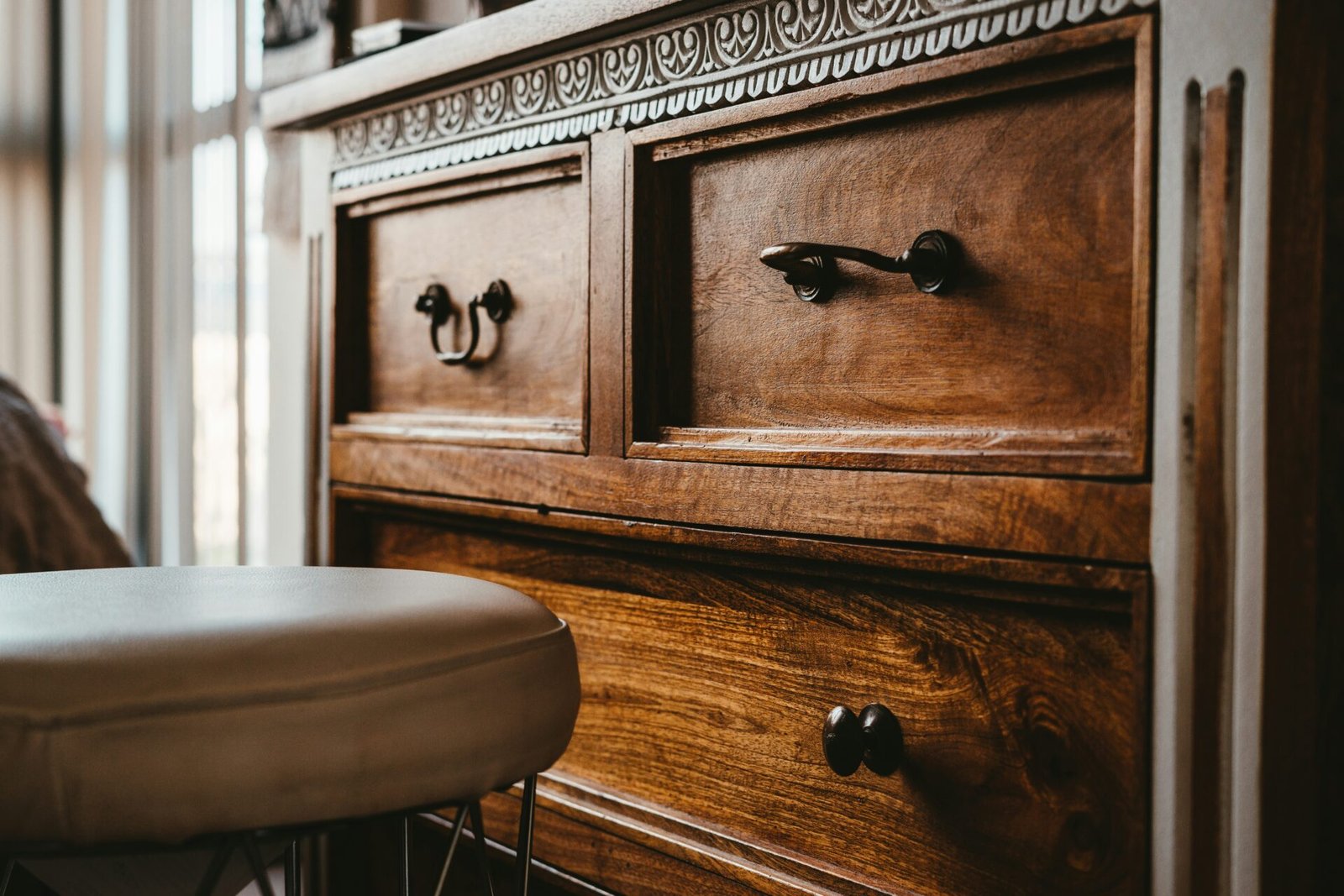Roof leaks can cause serious damage to your home and property if left unchecked. One solution for addressing leaks is to apply a roof coating. But does a roof coating actually stop leaks?
The short answer is yes, but it depends on the type of roof coating and the condition of your roof. There are different types of roof coatings available, each with its own strengths and weaknesses.
Some roof coatings are designed specifically to stop leaks, while others may provide additional benefits such as UV protection and energy savings. Additionally, it is important to note that a roof coating may not be the best option if your roof is in poor condition, as it may not be able to properly adhere to the surface.
If you’re experiencing leaks and thinking about applying a roof coating, it’s important to consult with a professional roofer to determine the best course of action for your specific roof and situation. A good roofer will be able to evaluate the condition of your roof and recommend the best type of roof coating to stop leaks and provide long-term protection.
Read Also: Best Paint Sprayers For Roof Coatings
Does roof coating really stop leaks?
Roof coatings can be an effective solution for stopping leaks, but it depends on the type of coating used and the condition of the roof. Some types of roof coatings are designed specifically for the purpose of stopping leaks, and when properly applied, they can create a seamless, waterproof barrier that can prevent water from penetrating the roof.
One important thing to consider is that the underlying condition of the roof is important for the coating to be effective, if the roof has extensive damages, missing shingles, or bad flashing, then the coating can only be a temporary solution, as the coating will not be able to cover and fix the damages, it may be necessary to repair or replace the damaged areas before applying the coating.
Additionally, the quality of the coating and the expertise of the contractor applying it are also important factors to consider. A professional roofer will be able to evaluate the condition of your roof and recommend the best type of roof coating to stop leaks and provide long-term protection.
How does roof coating work?

Roof coating is a liquid-applied material that is used to protect and seal the surface of a roof. The coating forms a barrier on the roof surface that helps to prevent water and other elements from penetrating the surface, which can lead to leaks and damage. There are several different types of roof coatings available, each with its own specific properties and benefits.
What are the different types of roof coating?
One of the most common types of roof coatings is asphalt emulsion coating. This coating is made from a mixture of asphalt and water, and it is typically applied to flat or low-sloped roofs. Asphalt emulsion coating is relatively inexpensive and easy to apply, making it a popular choice for many buildings.
Another type of roof coating is silicone coating. Silicone coatings are made from a combination of silicone resin and solvents. They are known for their excellent water resistance and UV resistance, and they can also withstand extreme temperatures. They are typically used for metal roofs, as well as for roofing systems that are exposed to high levels of moisture or UV radiation.
Acrylic roof coatings are also a popular choice. This is a water-based coating made of acrylic polymer emulsion. They have good UV resistance and weathering characteristics. They are a good choice for flat and low-slope roofs.
Roof coatings are typically applied to the roof surface using a roller or sprayer, and the process usually takes several hours. The coating is allowed to dry and cure before the roof is put back into use.
It’s important to note that roof coatings are often used as a preventative measure to extend the life of an existing roof, but it is not a substitute for a damaged roof. If a roof is severely damaged, a roof coating may not be effective and the roof will require repairs or replacement. Before applying any roof coating, it’s important to inspect the roof and make any necessary repairs before applying the coating.
Additionally, even if a roof coating is installed, it is important to maintain the roof properly and to conduct regular inspections to ensure that the coating is in good condition and that there are no leaks or other issues. Regular cleaning and maintenance can also help to extend the life of the roof coating.
How often should I reapply the roof coating?
Roof coatings are typically applied to protect and extend the life of the roof, and the frequency at which they need to be reapplied can vary depending on several factors. These factors include the type of coating used, the condition of the roof, the level of exposure to the elements, and the quality of the initial application.
For example, acrylic coatings typically last for about 5-10 years, while silicone coatings can last for 10-15 years. However, if a roof is frequently exposed to the elements and experiences a lot of wear and tear, the coating may need to be reapplied more frequently. Conversely, if a roof is in good condition and is not exposed to much sunlight or other harsh elements, the coating may last longer.
It is recommended to have a professional inspect the coating every 3-5 years and if any signs of peeling, cracks, or leaks, it’s time to reapply the coating. It’s also important to have your roof inspected regularly, regardless of whether or not you notice any issues, to catch any potential problems before they become too severe.
It’s best to follow the manufacturer’s recommendations for recoating, and if you have any doubt it’s better to consult a professional roofing contractor.
Conclusion:
A roof coating can be an effective solution for preventing leaks in a roofing system. The right type of coating applied correctly, can provide a durable and waterproof barrier that can extend the life of a roof and prevent costly leaks.
However, it is important to keep in mind that coating is not a cure-all for roofing problems and should not be used as a substitute for proper maintenance and repair. If a roof is already leaking or showing signs of severe damage, it may be necessary to replace the roof rather than simply apply the coating.
Additionally, it is important to ensure that the roof coating chosen is suitable for the type of roofing material and climate conditions. With proper application, roof coating can be a cost-effective and efficient way to prevent leaks and extend the life of a roof.



